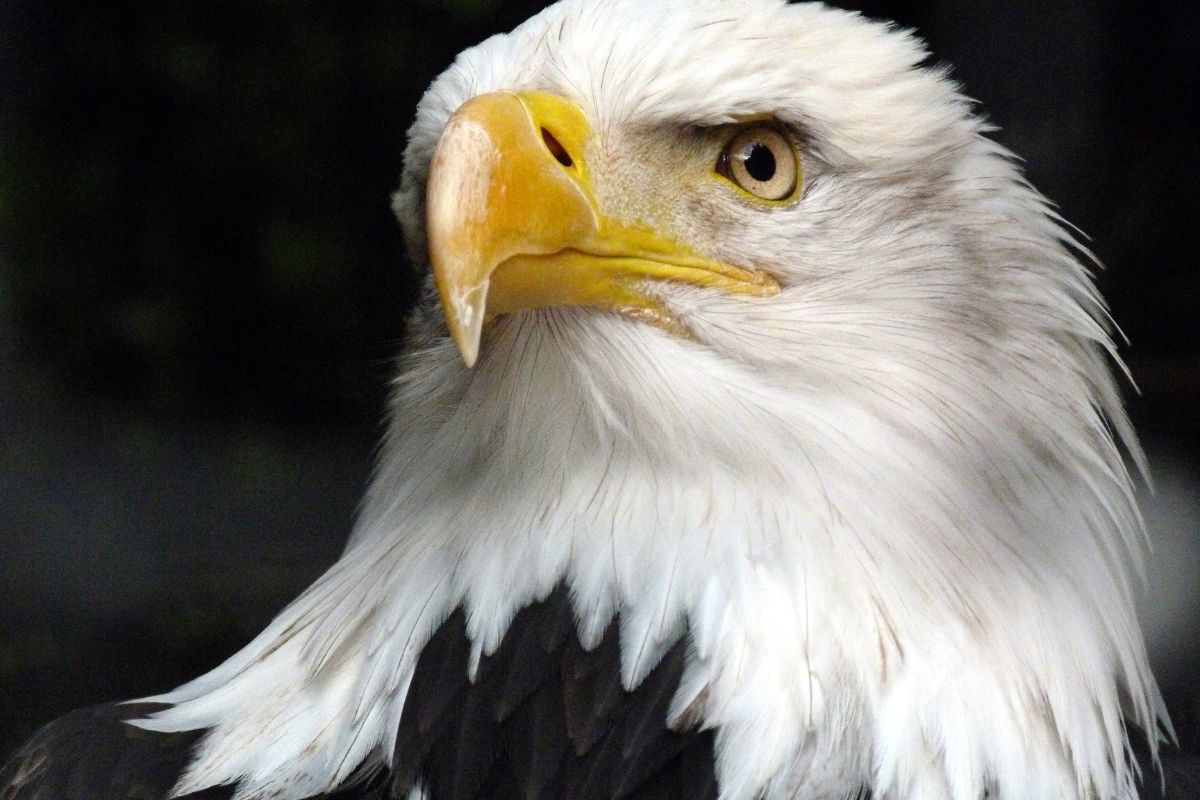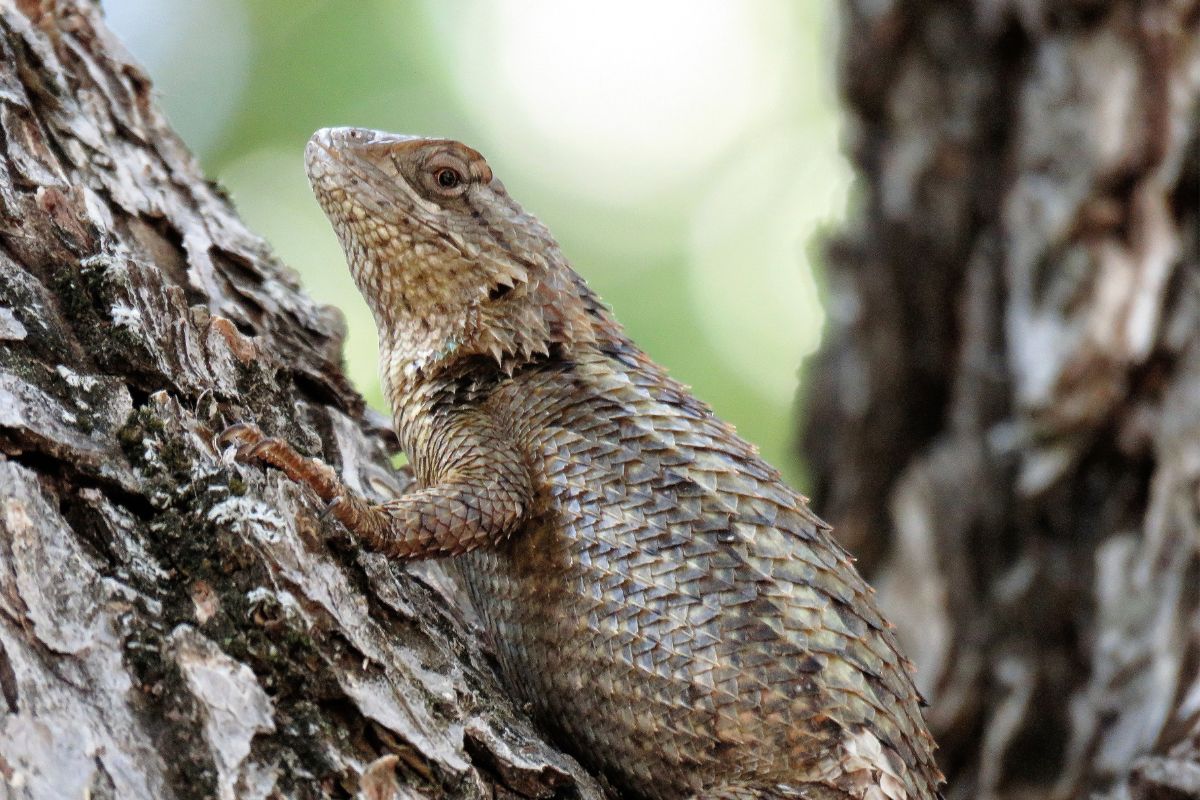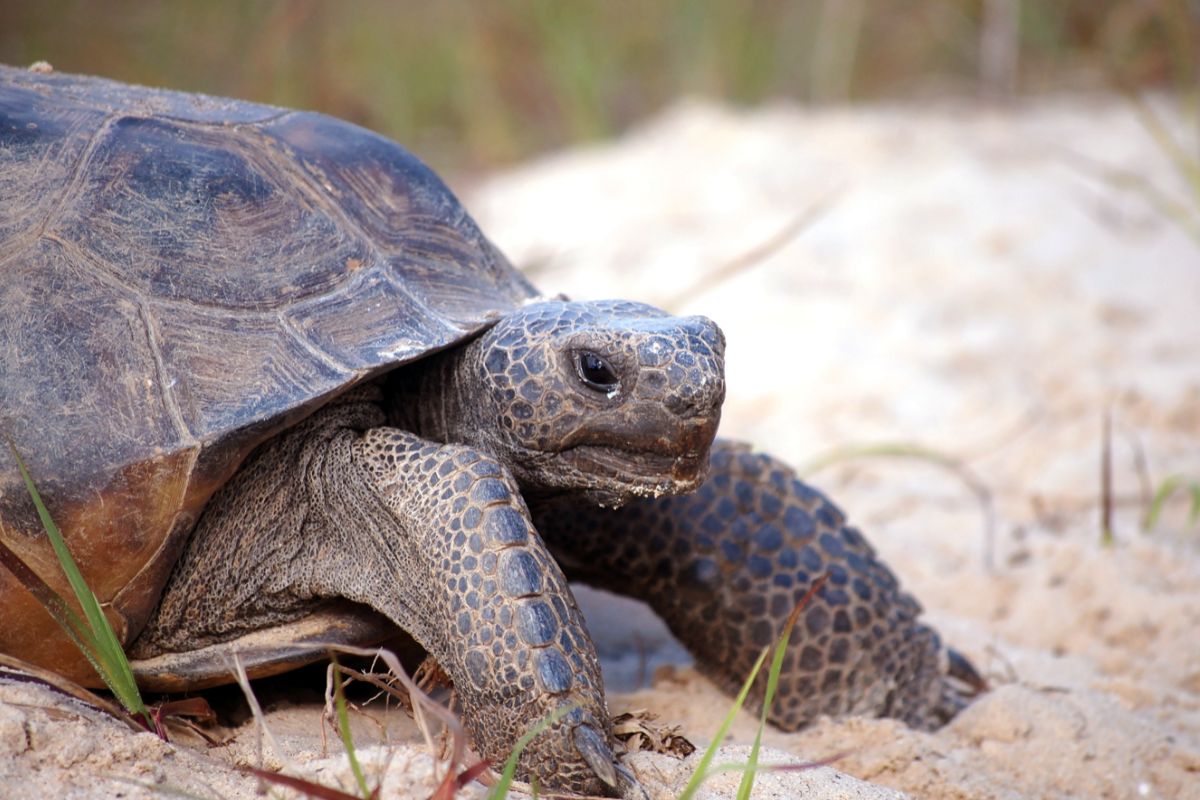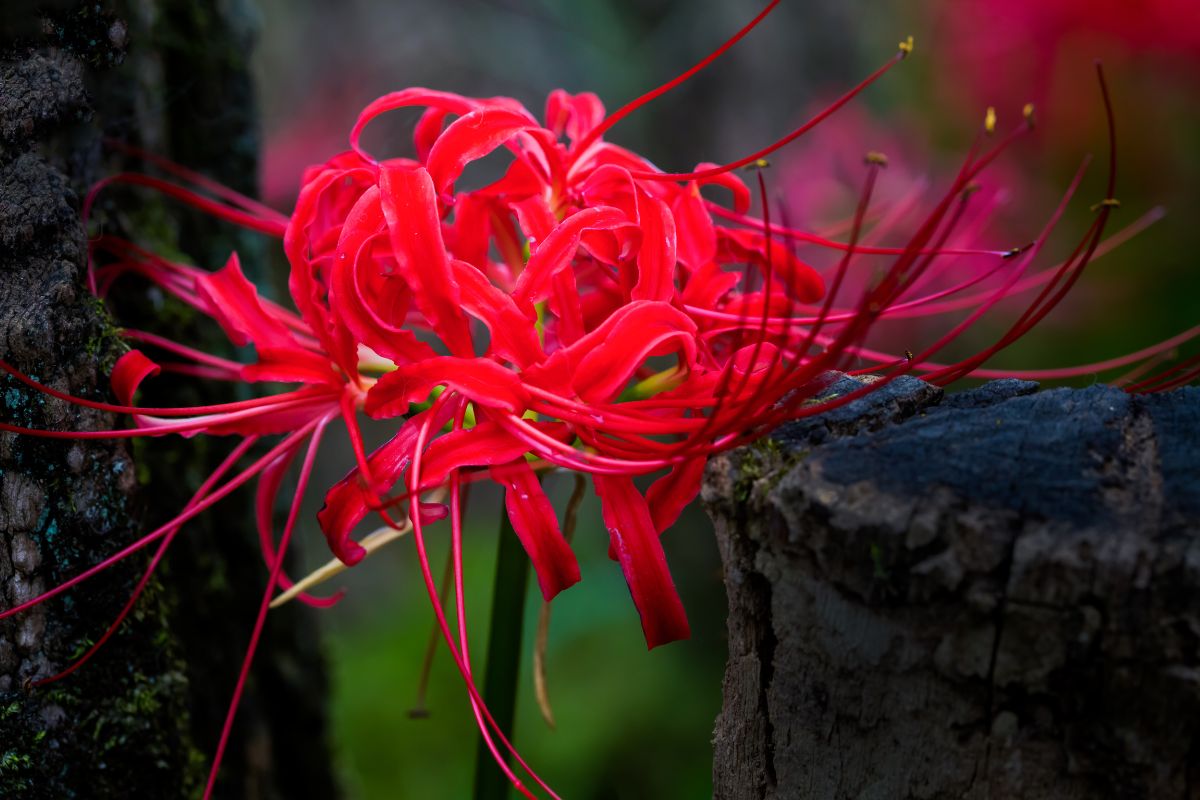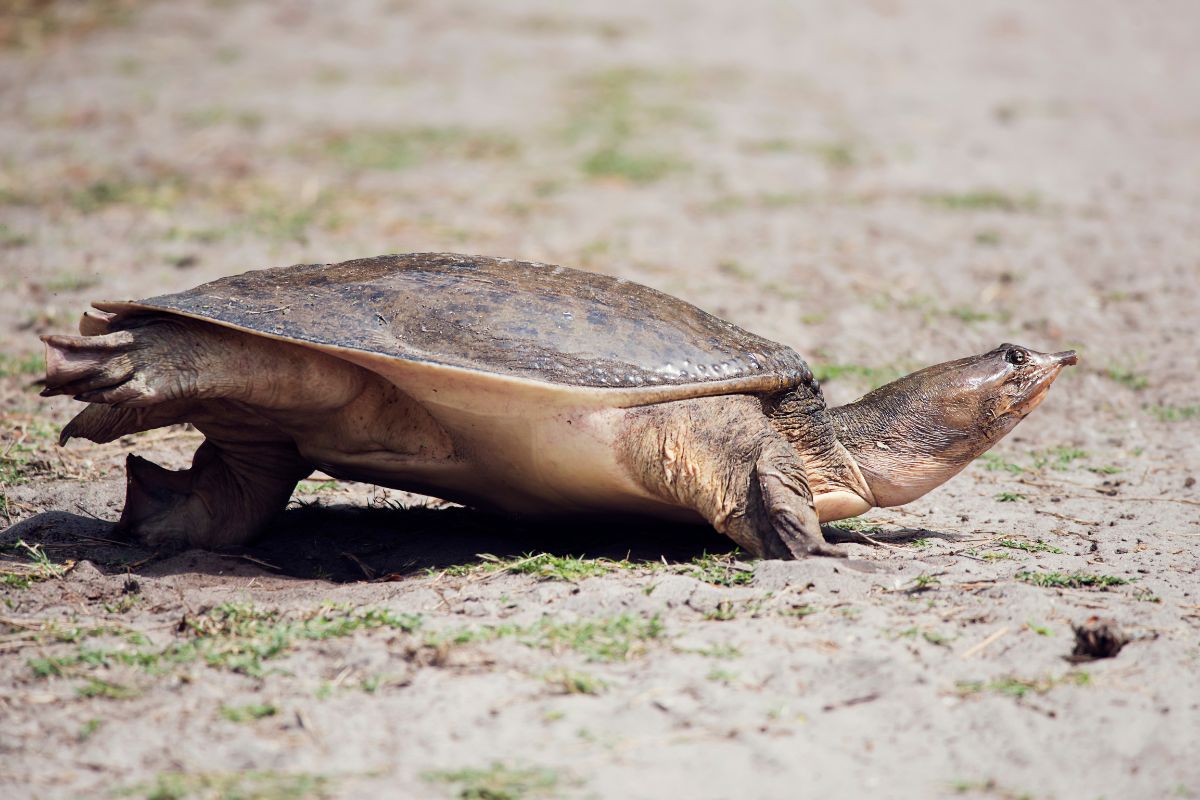Endemic to the Southeastern United States, there’s a chance you’ve seen the mole skink before but you might not know what it is.
The mole skink is a small lizard that is sadly considered threatened. This is a real shame considering the lizard’s beauty and intriguing behaviors.
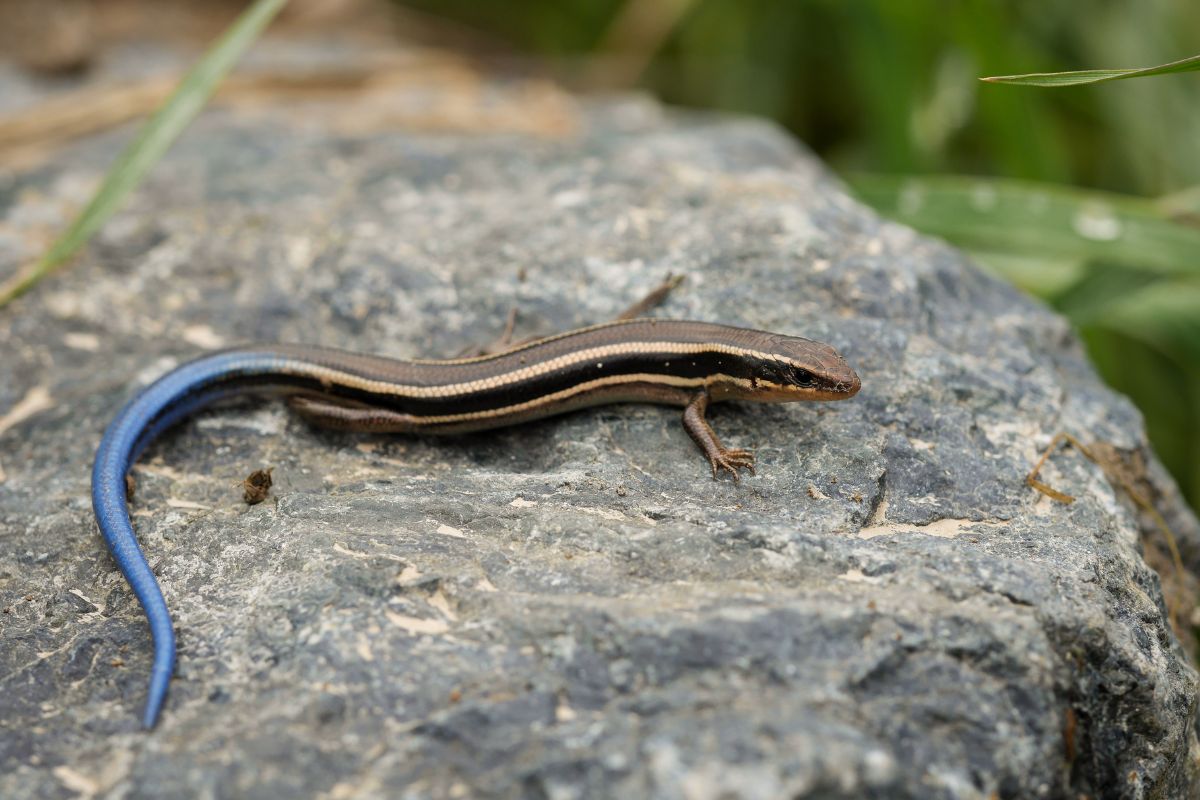
Primarily found on conservation lands in Central Florida, we must learn more about the blue tailed mole skink to help the population grow and understand how the species lives.
That’s where we come in!
To help you understand more about the blue tailed mole skink, we’ve put together a short, yet detailed guide that tells you everything you need to know.
Keep reading if you want to learn more!
Blue Tailed Mole Skink: A Brief Overview
- Scientific Name: Eumeces egregius lividus
- Status: Threatened
- Listed: November 6th, 1987
- Species: Lizard
- Family: Scincidae (Skink)
- Food: Insects
- Habitat: Sand pine scrub
- Threats: Residential and agricultural development
- Range: Florida
Description
The blue tailed mole skink is a species of small lizard that can grow to approximately 5 inches long (12.7 cm). This small species of lizard is well-known and easily recognized for its bright blue tail and brown body.
As the blue tailed mole skink gets older, this tail may become orange or pink in color. This can also occur when the tail regenerates.
Blue tailed mole skinks have a thin body and tiny legs. They will normally have five toes per foot. They also tend to have lightly colored lines that branch off from one point of their back. In late winter, blue tailed mole skink males might develop orange sides.
Females are typically smaller than males. They also have a much narrower head and weaker bag legs.
Behavior
As a result of the blue tailed mole skink’s small population size, little is actually known about the lizard’s behavior and biology. However, it is presumed that they behave in a similar way to the peninsular mole skink (onocrepis).
The blue tailed mole skink will dig into the soil to find insects or even forage on the surface. They will feed mostly on spiders, crickets, and cockroaches.
When it comes to reproduction, females lay three to seven eggs in a nesting cavity underground. These nesting cavities sit less than 11.8 inches below the surface. Total egg incubation time can be anywhere between 31 and 51 days.
They are fairly skittish creatures but do become more aggressive when sexually mature. This species of lizard becomes sexually mature in the first year of its life.
Habitat
The blue tailed mole skink needs loose sand so that it can easily burrow. As a result, they typically inhabit xeric hammocks and sandhills. The larger blue tailed skink habitat is made up of sand pine scrub communities.
These communities consist of vegetation like sand pine, longleaf pine, rosemary, and turkey oak associations. The loose sand is the most important part of this habitat.
The species is most commonly found in “early successional forest stages”. They may not persist in more mature sand pine scrubs due to this essential requirement.
Within the scrub habitats, blue tailed mole skinks will normally occupy localized pockets of leaf litter and moisture. They will only occupy small areas that provide plenty of nesting sites and food opportunities.
Moisture is essential for the species as it helps regulate the species’ internal heat. This is slightly different from other species of skink so they very rarely come into contact with other species.
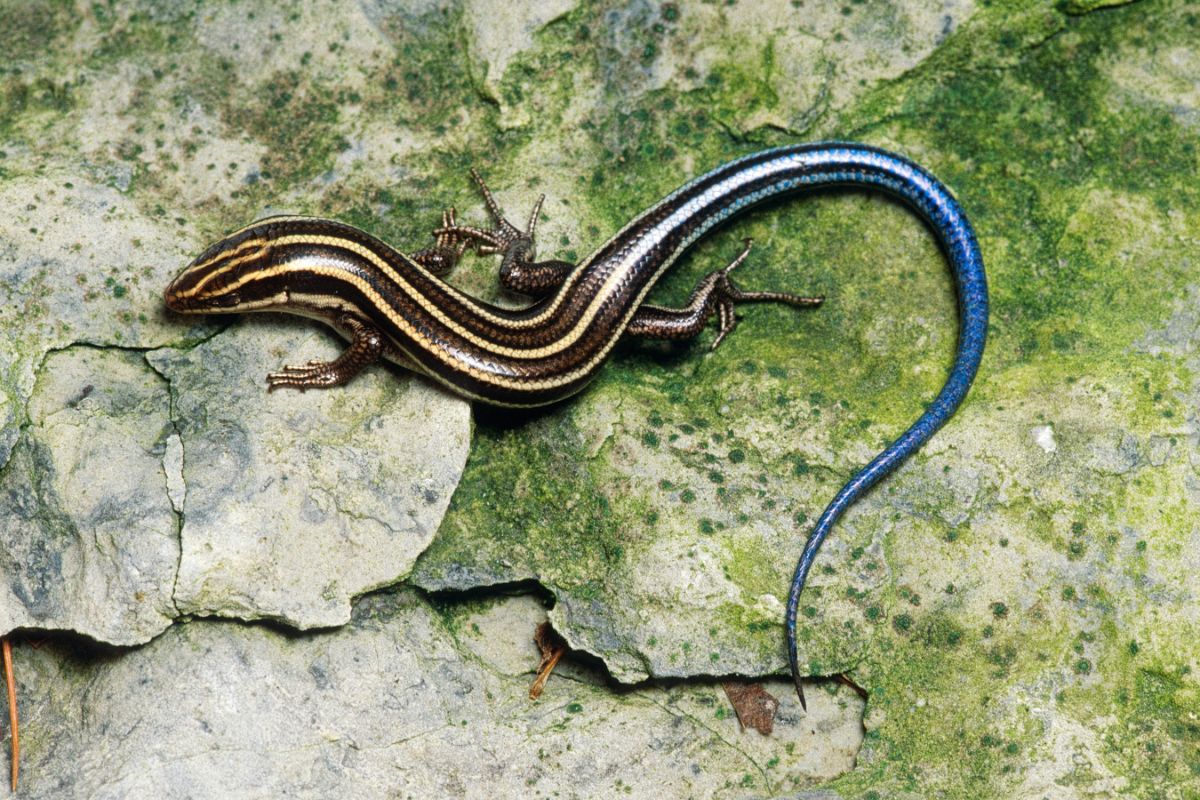
Distribution
Endemic to Central Florida, the blue tailed mole skink was once quite widespread. This was before large-scale agricultural and residential conversion took place. Since then, the blue tailed mole skink has been considered endangered.
Now, most of the blue tailed mole skink population can be found in Polk and Highlands counties.
The FNAI (Florida Natural Areas Inventory) states that blue tailed mole skinks have 20 population sites. In just 1965, the mole skinks had approximately 50,000 acres of land. Today, 65% of that habitat has been lost.
Threats
The main threat the blue tailed mole skins face is habitat loss and destruction. The 65% decrease in habitat is mostly down to residential, commercial, and agricultural development that has taken place all over Florida.
This reduction in habitat space has limited the blue tailed mole skinks range and made it much more vulnerable to environmental and natural catastrophes. If things continue the way they are currently, it won’t be long until the blue tailed mole skin becomes extinct.
Thankfully, there are plenty of conservation efforts underway to support the blue tailed mole skink population.
Conservation Efforts – What Can We Do?
At this moment in time, the blue tailed mole skink is protected as a threatened species by the Federal Endangered Species Act. Florida’s Endangered and Threatened Species Rule also considers the species a Federally-designated Threatened species.
As a result, there is already a number of different things in place that prevent the destruction of skink habitat. However, there is still more we can do.
One of the best things we can do to help the blue tailed mole skink is to donate to projects that strive to increase and protect the skink population. An example of a good project is the skink research project run by Wildlands Conservation.
This project aims to raise awareness, carry out essential scrub maintenance, improve restoration efforts, and improve habitat monitoring.
You could also help by volunteering to help various projects carry out their work. This could be through educating others or simply helping to monitor scrubs.
Final Thoughts
There you have it, everything you need to know about the blue tailed mole skink. The blue tailed mole skink is a small lizard that predominantly lives in Central Florida.
Without our help and conservation projects, this species could one day become extinct. This is why it’s so important to know more about the species and how they live.
Now that you’ve made your way through our post, you should have a much clearer idea of what the blue tailed mole skink is, where it lives, what it looks like, how they behave, factors that pose a threat, and how we can save the population.
- What Do Squirrels Eat? Learn About Their Diet and Winter Survival - October 14, 2024
- What Do Raccoons Eat? Discover Their Diet and Eating Habits - October 6, 2024
- What do foxes eat? - October 5, 2024


